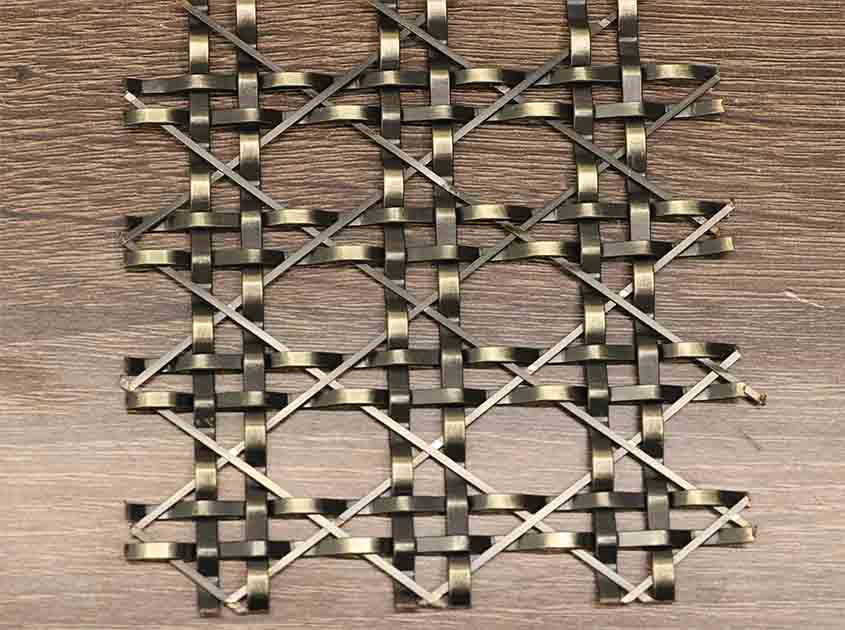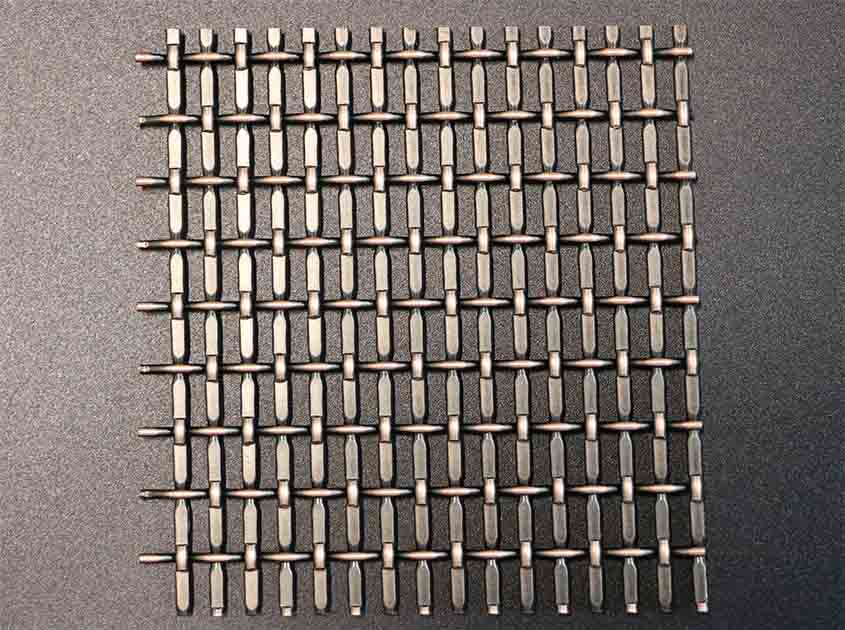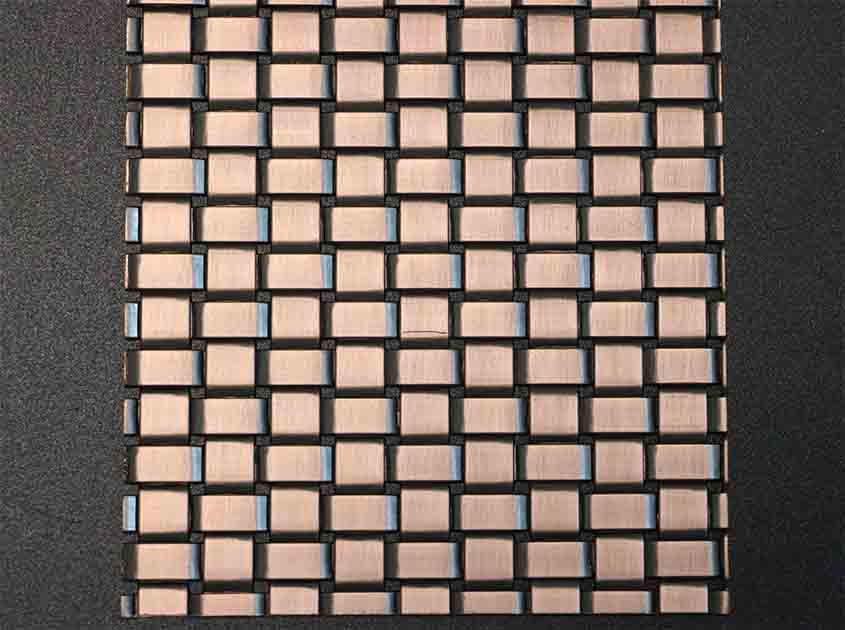Introduction:
One architectural element that has gained popularity in exhibition and event designs is architectural woven mesh. This versatile material offers a unique combination of functionality and aesthetics, allowing designers to create immersive and transformative experiences. In this article, we will explore the use of architectural woven mesh in exhibition and event designs, highlighting its ability to enhance spatial dynamics, create visual intrigue, and facilitate storytelling.

Enhancing Spatial Dynamics:
Architectural woven mesh provides designers with the ability to transform static spaces into dynamic environments. By strategically incorporating woven mesh elements, such as screens, partitions, or suspended panels, designers can delineate areas, create fluid transitions, and define pathways within exhibition and event spaces. The transparency of the mesh allows for visual connections, while still providing a sense of enclosure. This enhances the flow and circulation of visitors, enabling them to explore the space in an interactive and engaging manner.

Creating Visual Intrigue:
One of the key advantages of architectural woven mesh is its ability to create visual intrigue through light and shadow play. The interplay of light passing through the mesh creates ever-changing patterns and textures, adding depth and visual interest to the exhibition or event design. This dynamic quality can be further enhanced by incorporating lighting effects that interact with the woven mesh, resulting in captivating and immersive visual experiences. Whether it's a dramatic lighting installation or subtle variations in natural light, the woven mesh becomes a dynamic canvas that enhances the overall aesthetics of the space.

Facilitating Storytelling:
Exhibitions and events often have a narrative or message to convey. Architectural woven mesh provides a versatile medium for storytelling within these environments. The mesh can be used as a backdrop for projections, allowing for the integration of multimedia elements that complement the narrative. Its textural qualities can also serve as a tactile representation of a theme or concept, adding another layer of sensory engagement. Moreover, the flexibility of woven mesh allows for the creation of interactive installations, where visitors can physically interact with the mesh, further immersing themselves in the storytelling experience.
pre:Unveiling the Cultural Significance of Architectural Woven Mesh in Traditional Architecture
next:The Art of Light Play: Architectural Woven Mesh in Lighting Installations
© 2025 Joinwin Architectural Wire. All Rights Reserved. | Sitemap
Recommended Read
Creating Unique Spaces with Architectural Woven Mesh Partitions
Architectural Woven Mesh: Creating Dynamic Exterior Canopies